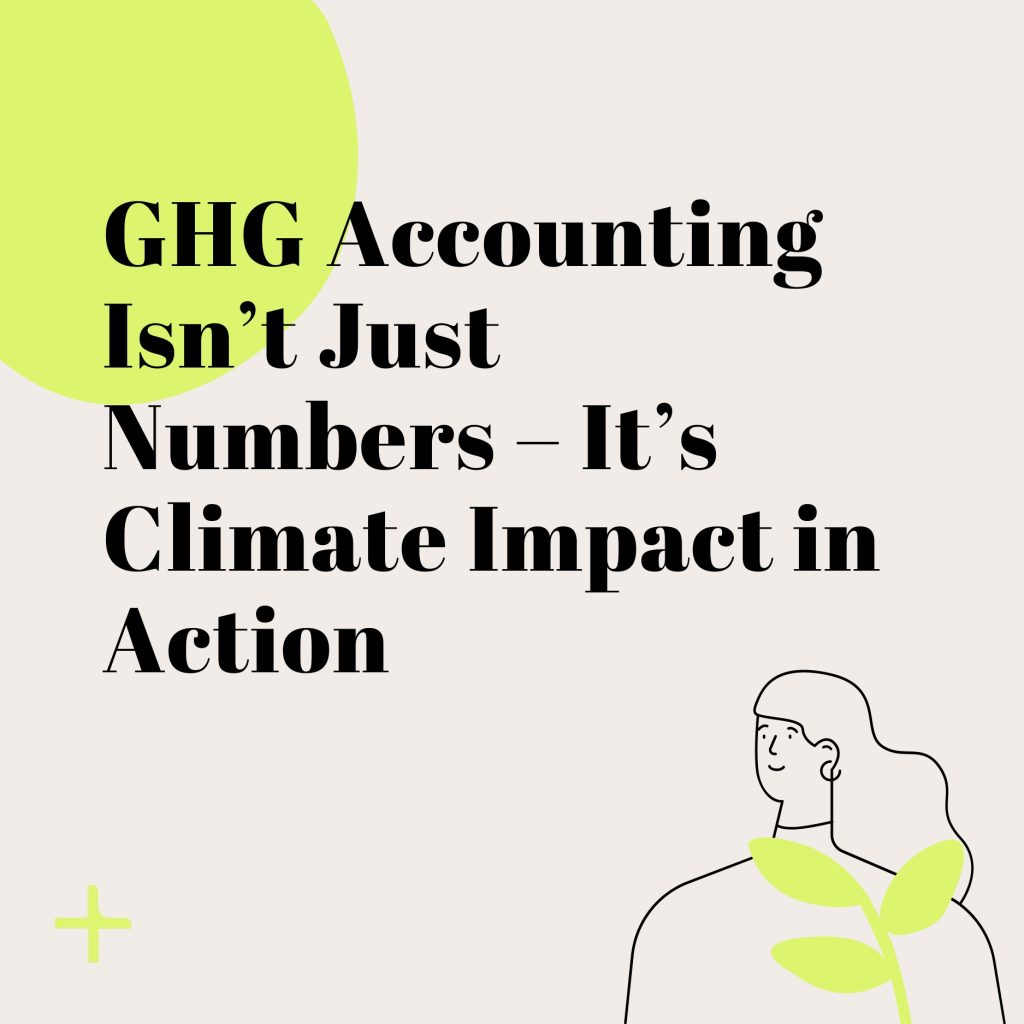A 2025 Guide to Greenhouse Gas (GHG) Tracking
Your Roadmap to Accurate, Actionable Emissions Data
With the climate crisis worsening and regulations strengthening worldwide, tracking GHG emissions is no longer a voluntary issue. Be it a start-up seeking investment, sustainability consultant, or a multinational corporation, understanding and managing your GHG emissions has become a basic premise behind climate responsibility and environmental leadership.
Planetary Plus strives to keep you ahead of the curve. This guide will walk you through the latest standards, tools, and best practices for GHG tracking to act with confidence and clarity.

The Importance of GHG Tracking in 2025
With the climate regulations evolving in global markets-from the EU’s CSRD to India’s BRSR Core and SEC’s climate disclosure rules-based GHG tracking is now being considered as a compliance, investment, and reputation framework. However, beyond fulfilling regulations, emissions tracking empowers your firm to:
– Identify inefficiencies and cut costs
– Set scientific targets and achieve them
– Boost stakeholder trust
– Future-proof business operations
Understanding GHG Emissions: Scope 1, 2, and 3
A word on the categorization of emissions before delving into tools and strategy:
Scope 1: Direct emissions from owned or controlled sources (like company vehicles, manufacturing plants).
Scope 2: Indirect emissions from purchased electricity, steam, heating, and cooling.
Scope 3: All other indirect emissions across the value chain—business travel, use of products, operations of suppliers. As of 2025, these remain the most challenging yet significant emissions for most companies-typically making up more than 70% of the corporate carbon footprint.
Step-by-Step GHG Monitoring Framework
1. Set Your Boundaries
Define if you will track emissions at the organizational level or product level. Next, define your operational boundaries according to the GHG Protocol.
2. Get the Right Data
Gather relevant activity data from sources like utility bills, fleet calendars, purchase records, and supplier disclosures. Then convert activities into GHG equivalents using emission factors (e.g., from the IPCC or national databases).
3. Select Your Tools
Several tools have been available to streamline GHG accounting in 2025:
- SBTi and GHG Protocol-compliant platforms such as Spherics, Sweep, and Watershed
- Excel-based models for small teams with low budget allocation
- APIs to enable automated data collection through IoT sensors or ERPs
4. Validate and Audit
Internal reviews or third-party verification ensure integrity of data, especially when disclosures are made public or linked to ESG performance.
5. Report and Act
Share findings in sustainability reports or dashboards; better yet, leverage your insights to craft interventions that could involve selecting suppliers, optimising logistics, or redesigning products.
Trends to Watch in 2025
- AI-Based Enhanced GHG Tracking: Now emissions can be forecasted on a basis of planning operationally with advanced analytics enabling real-time decision-making.
- Transparent Supply Chain: Increasingly, blockchain and ESG rating systems empower organizations to work better with Scope 3.
- Climate Disclosure Mandates: The weighting from policymakers is higher—voluntary disclosures are on the verge of getting converted to mandatory.
Getting Started with Planetary Plus
If you are just beginning your emissions journeys or fine-tuning Scope 3 data, Planetary Plus comes to your aid with:
- GHG accounting and reporting services
- ESG reporting in line with global frameworks
- Life cycle assessments for products and services
- Climate education for internal teams
- Check more at https://planetaryplus.com/our-service/
Let us work on a low-carbon future, starting with better data.Need help tracking your emissions? Contact our sustainability team at www.planetaryplus.com or check out our upcoming GHG tracking tools and webinars!
